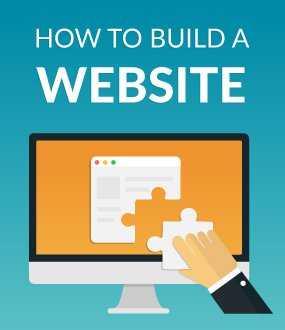The Basics
Creating a website for a new business can be daunting, but you can learn the basics to build a professional-looking website. Whether you're new to Web design, HTML, or Wix, there are many options to choose from. There are tutorials for every aspect of Web design and development. But before you get started, you should know what you're doing. If you're not comfortable with coding, you should consider hiring a web designer for the design.
Web design
The first step in creating a website is choosing a template. A template is a framework for your website. Once you choose one, you will fill in the content and customize it to meet your specific requirements. Website building is a lot like cooking; it's easier if you have the right tools and instructions. A template is like a recipe that gives you the foundation for a great website. Then, you'll have to customize it to fit your business or personal style.
WordPress
Before you learn how to create a website using WordPress, you should know what each page does. A blog post is one of the most common types of website, and it can be either static or dynamic. A page can be designated as the home page of a site, and it displays posts automatically. Depending on your needs, you can even add more than one post per page. A typical WordPress site has somewhere around ten posts.
Wix
You can begin building your website with Wix immediately by following the simple steps above. First, create an account. You'll need to enter your name and email address to create your account. You can then choose from two Wix editing programs: ADI and Editor. Select a template and specify what type of website you wish to create. Wix will ask you some follow-up questions to help the ADI builder create your website faster.
MORE ARTICLE
The best home chest workout you can do
What Are The Different Types Of Parent
HTML
The HyperText Markup Language (HTML) is a standard for creating websites. It is a markup language for web pages and is used to structure and design them. HTML contains tags that describe the structure, layout, and content elements of a webpage. Hypertext links the user to relevant content in other documents. Depending on the type of website, HTML can be used to make the site more interactive or to provide different types of information.
CSS
CSS is a type of language used to specify the style of HTML elements on a website. It controls the overall look and feel of the website. CSS can also be used to adapt the look of a website for different devices and screen sizes. It is recommended that you learn CSS if you plan to design a website. Learn more about CSS here. This article will provide you with an overview of CSS and how to use it to create your website.

Wireframes
When you are designing a website, the first thing to consider is how the user will experience it. Your target audience will be the one who decides how the website should be laid out, but not every visitor will behave the same way. The same holds true for the website. It should have a clear hierarchy of information, as if it were a brick-and-mortar store. The wireframe process will help you figure out how you want your site to function.
Domain names
A domain name is the primary address that users enter when visiting a website. This is in contrast to a website address which consists of a directory, file name, or protocol. A domain name is unique for every website because it is the only way for Internet users to find the website they're looking for. The domain name you choose will determine where your website will be located on the Internet. In addition, you can use a subdomain to test web development or create new directories for your website. In addition, subdomains help you communicate with your end users about unique segments of your website. Examples include Tumblr, which uses subdomains to make each user's page uniquely identified.

Adding content
Adding content to a website is a must if you want it to rank well in Google search results. If your website is used to relay information about a product or service, you should make sure you update it regularly. Here are a few ways to make your website more informative:




Tujani Nuhu 6 w
Good